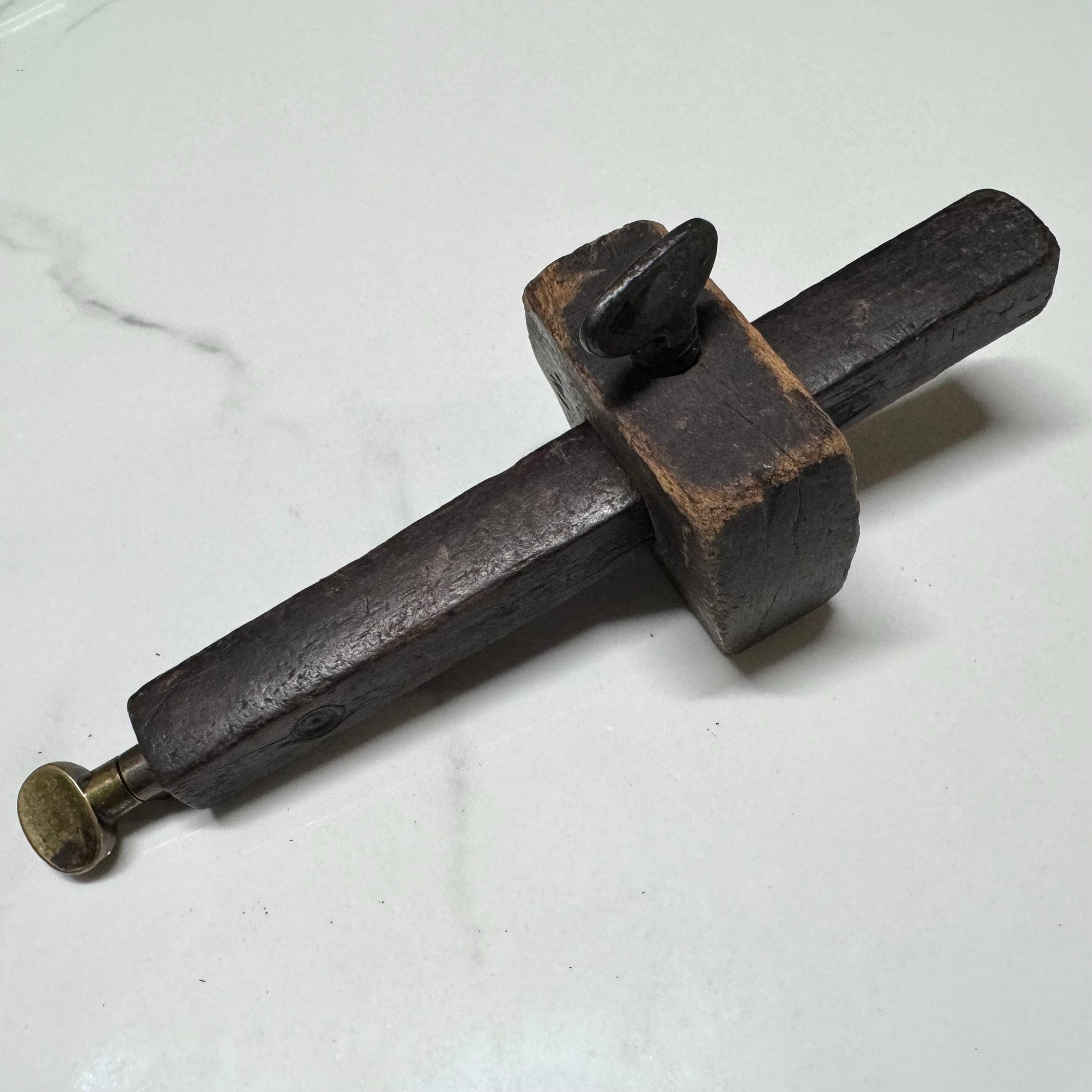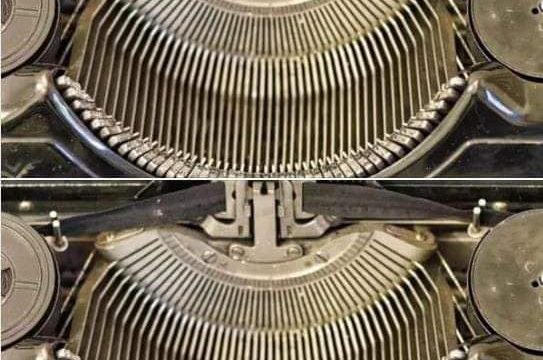
History of the Vintage Marking Gauge: A Testament to Craftsmanship
The vintage marking gauge is an essential tool in woodworking and drafting, with origins that trace back to ancient civilizations. Originally crafted from wood or metal, early versions of the marking gauge were used by artisans and builders to mark precise measurements on a variety of materials. This tool’s evolution is a reflection of the progress made in craftsmanship and engineering over the centuries. During the 18th and 19th centuries, as precision became a priority in woodworking and construction, marking gauges became more sophisticated. Many of these tools were handcrafted by highly skilled toolmakers, who ensured their accuracy, reliability, and durability.
How It Works and Why It Matters
The primary role of a marking gauge is to create accurate and consistent marks on a workpiece, facilitating measurements and layouts. This tool is particularly useful for marking parallel lines, measuring depths, and setting specific offsets. Typically, a marking gauge consists of a beam equipped with a sliding head and a sharp scribe or blade. The beam can be adjusted, allowing the user to set the distance between the scribe and the edge of the material, which ensures highly precise measurements.
To use a marking gauge effectively, the user sets the gauge to the desired distance, then runs the scribe or blade along the material’s surface. This simple process produces a clear, straight line that serves as a guide for further cutting or shaping. Marking gauges are essential in woodworking, especially for creating joints, measuring depths, and ensuring that different pieces align perfectly.
A Lasting Legacy
The vintage marking gauge holds a special place in the rich history of craftsmanship and toolmaking. Its basic design and core functionality have remained largely unchanged for centuries, which speaks volumes about its effectiveness and reliability. Today, many vintage marking gauges are considered collectible items, admired for both their craftsmanship and their historical value. These tools embody the quality of work from a bygone era and are cherished by woodworking enthusiasts and historians alike.
In today’s world of advanced technology, digital tools and laser measuring devices have become popular alternatives. However, the marking gauge endures as a symbol of precision and tradition in woodworking. It represents the continued value of manual tools and the art of fine craftsmanship. For many collectors and artisans, vintage marking gauges are treasured not only for their utility but also for their deep connection to the heritage of toolmaking.
Conclusion: A Celebration of Craftsmanship
The vintage marking gauge stands as a powerful testament to the evolution of craftsmanship and precision in the field of woodworking. Its history, usage, and enduring legacy highlight the vital role it has played for centuries. Not only does it showcase the practical utility that artisans have relied upon, but it also celebrates the craftsmanship of a bygone era, reminding us of the timeless beauty and value of traditional tools.





